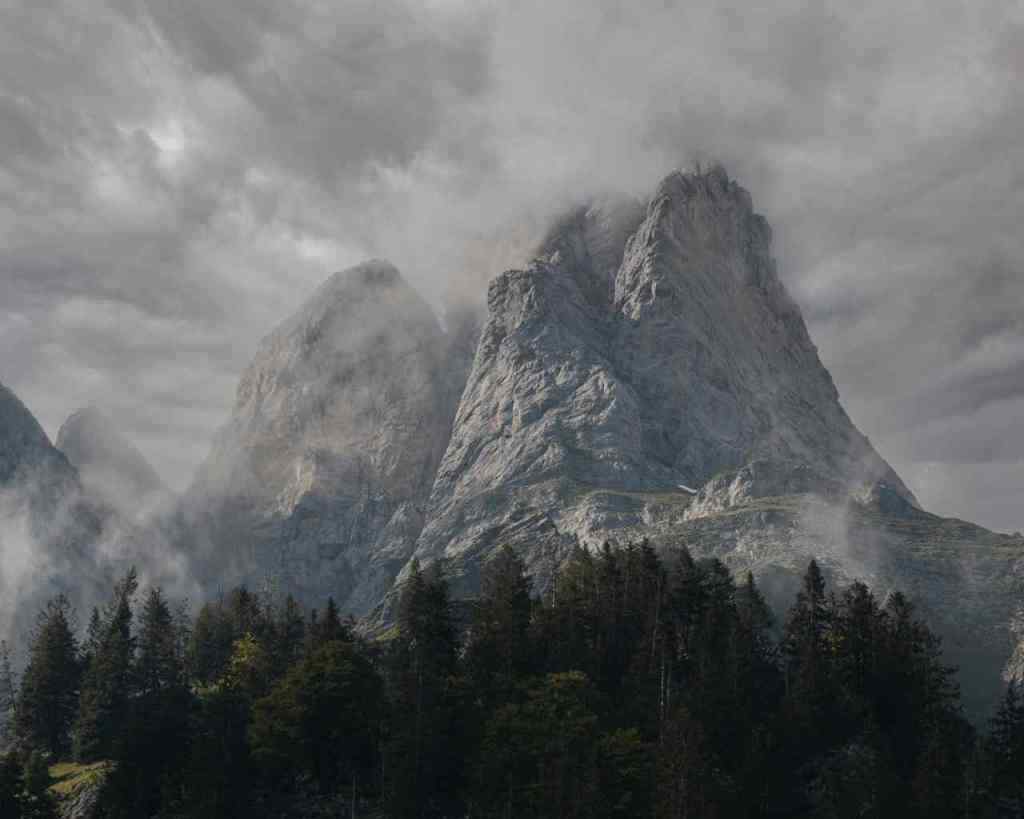Nganmarriyanga, Northern Territory Crocodile Attack: A Community in Anguish as Search Turns to Recovery
Dateline: Wednesday, January third, two thousand twenty-four
Location: Nganmarriyanga (formerly Palumpa), Northern Territory, Australia
A heavy silence, like the humid air before a storm, hangs over the small community of Nganmarriyanga. What began as a frantic race against time, a desperate search for a young child feared taken by a crocodile, has slowly, tragically, transformed into a recovery operation.
The Ticking Clock of Tragedy
It all unfolded with terrifying speed on what should have been a normal Tuesday afternoon.
Tuesday, January second:
Around five thirty in the afternoon, local time, the alarm was raised. A child, just twelve years old, had been swimming in Mango Creek, a waterway tragically familiar with the presence of crocodiles.
The whispers started first, then grew urgent: a possible crocodile attack. The community, tightly bound by kinship and shared experience, sprang into action. Local police joined the frantic search, the minutes ticking by like hammer blows against the growing fear.
As darkness fell, the search continued, hampered by the isolation of the location and the lurking danger of the crocodile-infested waters. Every rustle of leaves, every ripple on the water’s surface, brought a surge of hope, quickly followed by a wave of dread.
Wednesday, January third:
By morning, a specialized search and rescue team arrived from Darwin, a beacon of expertise in the face of unimaginable tragedy. Equipped for both land and water operations, they began a systematic, painstaking search of the area. Hope, though fragile, still flickered.
However, as the morning gave way to a scorching afternoon, a grim announcement came from NT Police Minister Brent Potter. The operation, he confirmed, had shifted to a recovery mission. His words, heavy with sorrow, echoed the grief that had settled over the community.
The Shadow of a Silent Predator
The child, whose name is being withheld out of respect for the family’s privacy, was swimming in Mango Creek, a known crocodile habitat. This tragic fact hangs like a shroud over Nganmarriyanga, a stark reminder of the ever-present danger that lurks beneath the surface of their beloved waterways.
A Land Where Danger Lurks Beneath the Water
The Northern Territory, with its rugged beauty and untamed wilderness, holds the dubious distinction of having the highest concentration of saltwater crocodiles in the world. An estimated one hundred thousand of these prehistoric predators call the region home, their presence as ancient and unchanging as the land itself.
While crocodile sightings are as common as sunny days in the Northern Territory, attacks on humans are mercifully rare. But for remote communities like Nganmarriyanga, nestled close to waterways that serve as both lifeline and hunting ground for crocodiles, the risk is a constant, chilling reality.
As the community grapples with the unfolding tragedy, the use of aerial searches, employing helicopters or drones, is being considered. The hope is to widen the search area, to bring some measure of closure to a family grappling with unimaginable loss.
A Community United in Grief
The impact of this tragedy on Nganmarriyanga is immeasurable. This small community of just three hundred and sixty-four souls is bound by the strong ties of kinship and shared experience. The loss of one, especially a child, is felt as a loss to all.
The grief is palpable, etched on the faces of elders and reflected in the tear-filled eyes of children. A heavy silence blankets the community, broken only by the mournful cries of mourners and the gentle murmur of prayers.

Yet, even in the face of unimaginable loss, the spirit of Nganmarriyanga shines through. Neighbors comfort neighbors. Elders offer words of solace and guidance. The community, drawing on its deep well of resilience, comes together to support the grieving family and to begin the long, slow process of healing.
The Difficult Conversation: Crocodiles and Coexistence
This tragedy, as heart-wrenching as it is, has inevitably reignited the debate surrounding crocodile management strategies in the Northern Territory. It’s a complex issue, fraught with emotion and often polarized opinions.
Finding a Balance Between Safety and Conservation
On one side of the argument are those who believe that culling, a controlled reduction of the crocodile population, is the only way to ensure human safety. They point to the inherent dangers posed by these apex predators, especially in areas where communities live in close proximity to crocodile habitats.
Conservationists, on the other hand, argue for a more nuanced approach. They emphasize the vital role crocodiles play in maintaining the delicate balance of the ecosystem. They advocate for increased public awareness campaigns, improved signage in known crocodile habitats, and stricter enforcement of existing safety regulations.
The debate is often further complicated by cultural factors. For Indigenous communities like those in Nganmarriyanga, crocodiles hold deep spiritual significance. They are revered as ancestral beings, integral to the fabric of their cultural identity.
Moving Forward: A Time for Healing and Action
As the community of Nganmarriyanga mourns the loss of one of their own, the search for answers, for some measure of understanding in the face of tragedy, continues.
Seeking Closure, Seeking Solutions
The recovery operation will continue, with authorities utilizing all available resources to locate the child’s remains and bring closure to the grieving family. The incident will undoubtedly be subject to thorough investigation by the Northern Territory Police and potentially other relevant authorities.
Yet, the path forward extends far beyond the immediate aftermath of this tragedy. It demands a collective effort, a commitment from both the government and the community, to address the complex issues surrounding crocodile management and human safety in the Northern Territory.
It’s a conversation that requires empathy, understanding, and a willingness to find common ground. It’s a conversation that, for the sake of both the people and the crocodiles of the Northern Territory, needs to happen now.
